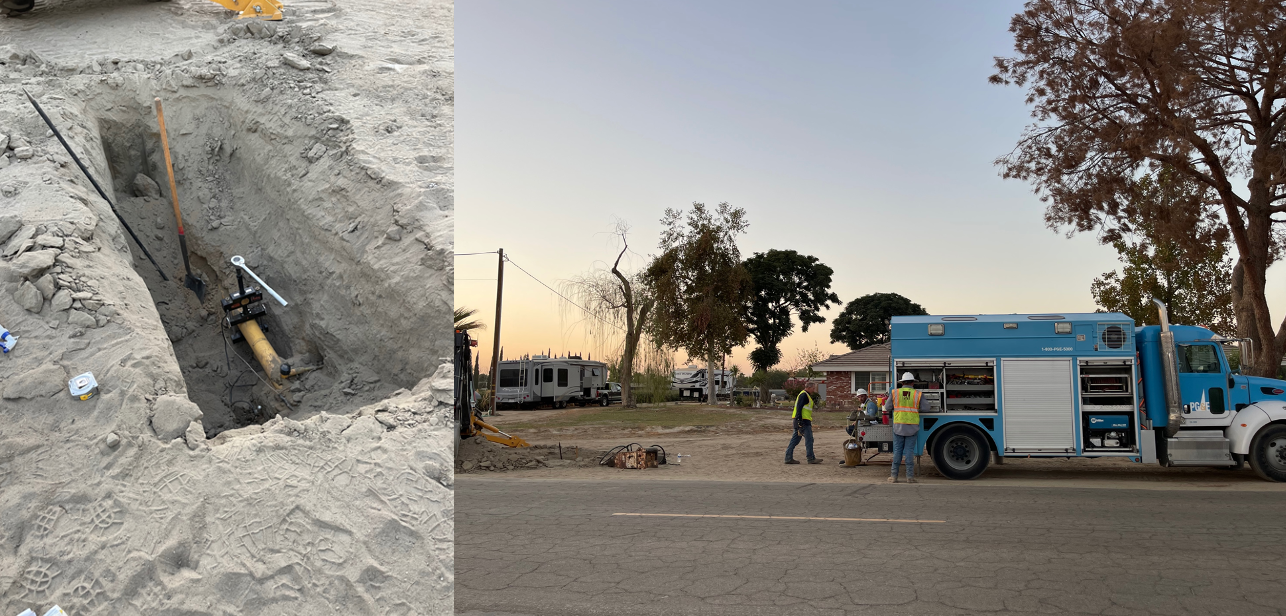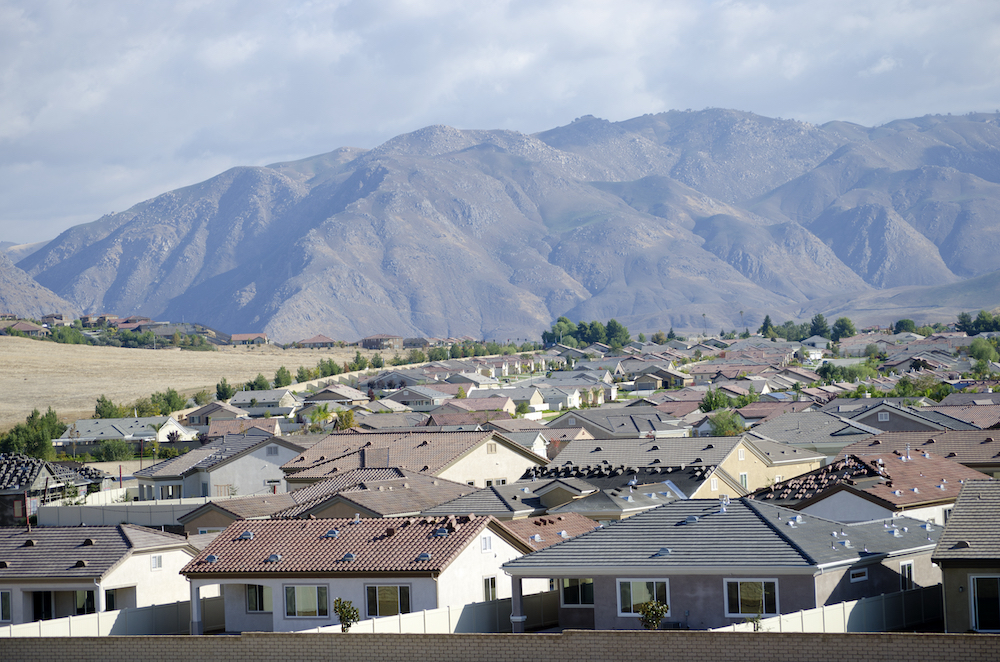The SUMMATION project goal is to develop a strategy for cost-effective sustained methane monitoring and identify California’s “super emitters” of methane in the Southern San-Joaquin Valley, where more than 50% of methane emissions can be traced back to less than 10% of super-emitters from the dairy and oil and gas sectors.
Methane is a potent greenhouse gas that traps about 30 times more heat than carbon dioxide and is typically released from dairies, landfills, oil and gas facilities, and agricultural fields–all of which are common in California. While collecting measurements of methane concentrations during an on-road mobile survey in Bakersfield, California, in August 2022, the research team, led by EESA staff scientist Sebastien Biraud, identified elevated methane concentrations in a residential neighborhood.
Scientists use devices manufactured by Picarro to measure how much methane is in the air. The atmosphere has a background methane concentration of about 2 parts per million (ppm), meaning there are 2 molecules of methane in every 1 million molecules of air. As the team drove through the Bakersfield metropolitan area, they noticed their devices showing about 300 ppm, indicating a potential methane leak nearby.

Using methane concentration data and methane isotope observations, the team was able to attribute the methane anomaly to a fossil source (natural gas) rather than a biogenic source (dairies). The research team collected wind speed and wind direction observations to identify the physical source of the methane anomaly. The scientists pinpointed the high concentration near a house and spoke to the landlord about contacting the local gas company. Pacific Gas & Electric (PG&E) responded quickly, bringing a response team to investigate the nearby gas lines. PG&E crews found that the methane anomaly was coming from a leak on the connection between the gas main and service line, isolated the leak, and completed repairs on the same day.

In the Bakersfield region, the production of oil and gas often occurs close to population centers. Many of these producers are linked to sources of methane (accidental leaks, venting), volatile organic compounds (VOCs), and other pollutants that can impact the health of local communities and degrade regional air quality. “A key aspect of this whole event,” explained Biraud, “is that it’s about working with local communities and stakeholders and laying the groundwork for practices that foster environmental justice in this region where atmospheric concentrations of methane, both a significant greenhouse gas and harmful air pollutant, are a significant concern.” In addition to his scientific work, Biraud is involved with the Central California Environmental Justice Network which collaborates with physicians to help others understand and address the environmental health impacts that affect underprivileged communities.
Finding these methane anomalies is significant for addressing environmental and human health impacts and shows the power of team science and community collaboration.
Acknowledgment and disclaimer:
This work is sponsored by the California Energy Commission (SUMMATION project, agreement number PIR-17-015). It does not necessarily represent the views of the Energy Commission, its employees, or the State of California. The Energy Commission, the State of California, its employees, contractors, and subcontractors make no warranty, express or implied, and assume no legal liability for the information in this report; nor does any party represent that the uses of this information will not infringe upon privately owned rights. This paper has not been approved or disapproved by the California Energy Commission, nor has the California Energy Commission passed upon the accuracy or adequacy of the information in this blog post.


